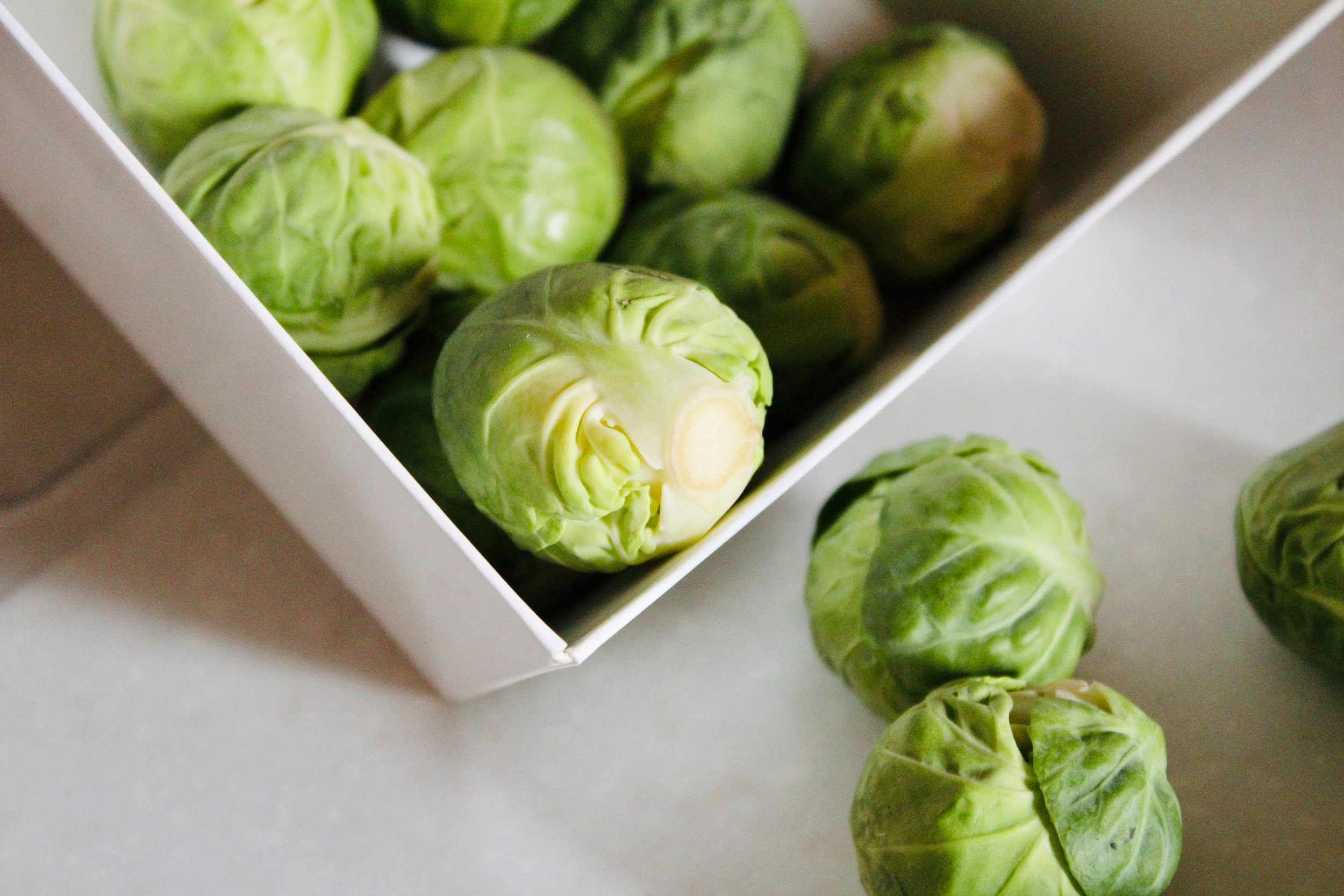8 Fall Superfoods for Women Over 40
Not all food is created equally. We all know by now that whole foods, meaning fruits, vegetables, nuts, seeds, grains, and legumes are most nutritious if they are fresh and as close to their whole and natural state as possible. Processed and manufactured foods are much less dense in nutrients and vitamins than whole foods. As women over 40 –we need to pay extra attention to the food we are consuming. Both the amounts of it, as well as the nutritional profile of it. We want to be eating less, most likely to keep weight in check and to reduce risks of heart disease, and we want to eat foods that will help us to feel better. Foods that hydrate the skin, feed our hair, and nails, things that have lots of fiber to help elimination which helps us to have a healthy pelvic floor. Foods that increase iron to reduce anemia and reduce fatigue. Foods that help us to reduce inflammation which will help reduce bloating and decrease joint pain. Are any of these areas ones in which you would like to address? Me too. Food can help be a part of the solution.
The Benefits of Superfoods
Superfoods have been coined as such because they just have so many benefits. Eating a diet rich in fruits and veggies, as well as seeds, nuts, and certain spices can add tons of nutrients to your diet. And in a day and age where much of the food we eat, particularly processed foods are depleted of nutritional value and are really not healthy for us–we need all of the help we can get. Some of the common benefits of superfoods are, immune support, anti-inflammatory benefits, heart-health support, cognitive support, energy support, skin health enhancement, digestive health support.
Fall Superfoods
Ginger
This tuberous root is used extensively in asian inspired cuisine and is delicious with garlic and tamari as a marinade. It gives a slightly spicy piquant flavor that is sharp and can also be paired with sweet for a delicious contrast. Think gingerbread, and candied ginger–but also ginger chicken, and ginger beer or ginger ale! This is a wonderful antioxidant and immune booster and is perfect to have in tea to ward off colds, and to stay healthy this winter.
Garlic
This humble little bulb is packed with flavor and complexity. It comes out of the ground covered in dirt, but once cleaned up and dried slightly, it becomes the source of complex flavors that complete a dish. Garlic is generally savory and can be sharp in flavor, and is added to all kinds of cuisine from French, to Italian, to asian. The sharpness of garlic is mellowed by roasting the bulbs in a drizzle of olive oil–they become soft and melty with a deep flavor. Garlic is delicious in most things, and should be a staple of your pantry. It is also used as a tea–and when I have a cold, I steep fresh garlic and ginger to make a spicy and fragrant tea!!
Turmeric
Turmeric is having its moment in the sun these days. It’s being used as a supplement by all the brands, and I do believe I have even had a Tumeric Latte at Starbucks–so we know its mainstream now. It has a very mild, slightly curry like flavor. It is also very orange/yellow, so be careful not to spill on your clothing–it can be used as a natural dye–you will never get it off your clothes!!
Turmeric, and especially its most active compound curcumin, have many scientifically-proven health benefits, such as the potential to prevent heart disease, Alzheimer's and cancer. It's a potent anti-inflammatory and antioxidant and may also help improve symptoms of depression and arthritis. It is Anti-carcinogenic, and also immune boosting.
Kale
Kale is a dark leafy green that comes in many varieties, a smoother curly-edged wide leafed variety, a crinkled oblong shaped variety, or even easier to eat, baby kale leaves. Kale has dense chewy leaves, and a deep, somewhat bitter, herbaceous flavor. Kale is delicious raw in smoothies, in a salad with dried fruits and nuts, or with a full bodied dressing that contrasts with its strong flavor. Kale makes delicious chips if you have the patience to massage it and dehydrate the leaves, or carefully bake them in the oven. Try kale in soups, and stews, as well as in sauces to add iron, and essential vitamins.
Pumpkin
This orange globe shaped gourd is not just for Halloween or pumpkin pies!! Pumpkin has a naturally sweet taste which is why it is often blended with additional sweeteners and sweeter spices like cinnamon, allspice, and cloves to make pies, muffins, pancakes and the like. Pumpkin is also delicious when used in soups, curries, in a stir fry, or simply baked and mashed. Pumpkin is high in beta carotene, and also offers the benefits of vitamin C, vitamin E, iron, and folate.
Brussels sprouts
These tiny little cabbage-like sprouts have a bitter flavor and are very crunchy. They can be eaten raw, sliced thinly in a salad with dressing, or are yummy sauteed. The simplest and arguably most nutritious way to eat them is sliced in half, drizzled with a bit of oil and roasted on a sheet pan for 20-30 mins. Brussels sprouts are high in fiber, vitamins, minerals and antioxidants, making them a nutritious addition to your diet. They may also come with added health benefits, including the potential to reduce the risk of cancer, decrease inflammation and improve blood sugar control.
Butternut squash
Like its cousin- pumpkin, butternut squash graces the holiday table and is often paired with sweet things–but is also delicious as a simply roasted side dish, and makes a luscious soup, pureed after roasting with or without dairy mixed into thin and emulsify the soup. It is also lovely simply roasted and added to sides, or into salads. Butternut squash is low calorie and fiber rich, and filled with nutrients like vitamin E, C and beta carotene.
Apples
Crisp, sweet, and versatile, apples are a very hearty and shelf stable fruit. They store well from the fall into late winter and add a bit of sweet crunch to salads, and are perfect for solo snacking. They are also even sweeter when roasted and make a healthy dessert if roasted on a pan until soft and melty. They do not need additional sugars, though are often paired with sugar and lots of cinnamon to make pies. Apples are filled with fiber, vitamin C, and antioxidants. They are also low calorie and filling when you want some sweet without a lot of sugar.
Bottom Line
All fresh veggies and fruits, herbs, and spices, nuts and seeds are healthy choices for most all of us. However, superfoods make a special cut above the rest due to the density of nutrients and vitamins in each bite. Try adding some or all of these foods into your weekly rotation and notice how eating more whole foods makes you feel. I bet you will love them!!
















